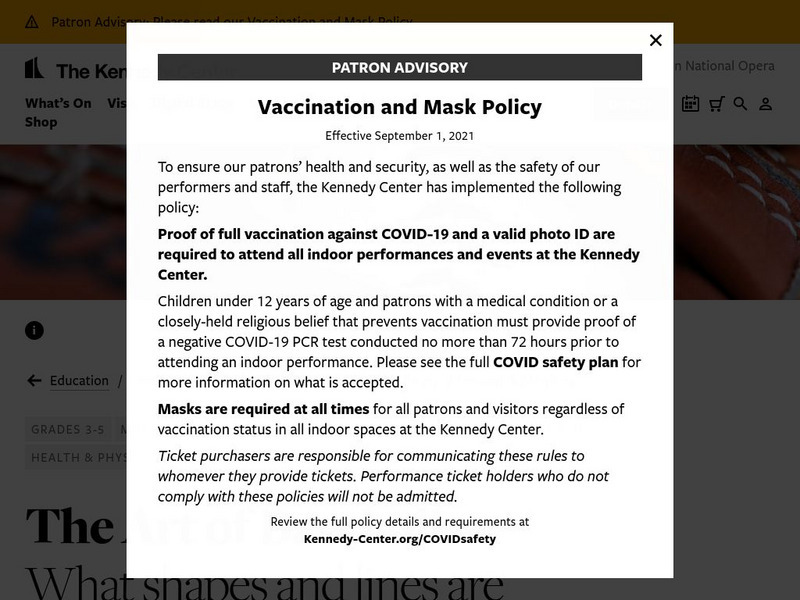Curated OER
Application of the Pythagorean Theorem
Students find the length of the hypotenuse using the Pythagorean Theorem. In this geometry lesson, students solve for the different parts of a right triangle. They work the first problem with-the teacher then work on their own.
Curated OER
Exploring Nonprofit Careers
Students interview members of nonprofit organizations about their careers. In this nonprofit careers lesson plan, students research nonprofit careers, prepare questions to ask, and interview those who have those careers.
Curated OER
Student Baseball Cards
Students develop baseball cards with information about their classmates. They interview each other and take a picture for the cards. They share their cards with others in the room.
Curated OER
The Pythagorean Theorem
Seventh graders relate the Pythagorean theorem to the real world. In this algebra lesson, 7th graders identify important properties of the Pythagorean theorem and use it to solve word problems. They create a step by step plan to...
Curated OER
How Many?
Establish 1:1 correspondence by counting students, first one gender, then the other. Give each child a colored cube (one color for boys, another for girls) and have small groups determine more or less and how many all together. As a...
Curated OER
Buying a Car
Young scholars complete the PLATO ¿¿ Educational Software instructional activity: Math Problem Solving: Car Costs to determine if he/she can afford to drive the car they are planning to buy.
Curated OER
Solving Multiple-Step Problems
Students solve 2-step word problems. In this word problems lesson, students are shown examples of word problems and solutions on the board by the teacher. Then they complete a six problem worksheet independently.
Curated OER
Using Circumference
Learners participate in a lesson that covers the concept of finding the circumference of a circle. The teacher covers relevant vocabulary with the students. They work in groups to measure objects and calculate the formula to find the...
Curated OER
The Hundred Penny Box
Students compare how people save money in financial institutions, after reading the story, The Hundred Penny Box. They analyze the advantages of regular saving and how savings grow with compounding.
Curated OER
It's a Sale!
Students make good decisions about making purchases of items on sale and explain how percentages effect cost.
Curated OER
Problem-Solving Strategies in Word Problems
Students examine how to determine which strategy to use to solve word problems. In this word problem strategy lesson, students listen to a lecture on the process of using different strategies to solve math problems. They look at guess...
Curated OER
Not Just an Average Class
Fourth graders work together to find the median, mode, and mean of their first and last names using a numerical code in this fun, interactive lesson. After a lecture/demo, 4th graders utilize a worksheet imbedded in this plan to gain...
Curated OER
Introduction to Scatter Plots and Correlation
Students examine the concept of scatter plots. They compare baseball statistics to locate the ones that correlate with winning, and identify the positive, negative, and no correlation in sets of data using MS Excel.
Curated OER
Sports and Geometry
Young scholars investigate shapes in sports. In this geometry lesson, students identify geometric shapes in sports equipment, fields, etc. Young scholars present their findings.
Curated OER
The Hundred Penny Box
Students analyze the advantages of regular saving and how savings grow with compounding. After reading the story "The Hundred Penny Box", students define the terms "interest," "interest rate," and "compounding." Through several...
Curated OER
Number Tick Tack Toe: Multicultural Awareness and Appreciation Adaptation
Students focus on this activity would be differences in ability and disability. Some of the students in the class do very well in this activity and often, or always, win in the games of Number Tick Tack Toe; other students struggle and...
Alabama Learning Exchange
The Mean, Median, and Mode Chain Gang
Students analyze a set of data. They work in cooperative groups and use chain links to identify the mean, median, and mode of the chain.
Curated OER
Balancing the Scales: Understanding Ratios
Students are introduced to the concept of ratios. In groups, they convert sets of numbers into a ratio. After practicing, they use the ratios and proportions to solve story problems. They also calculate map distances and discover map...
Curated OER
Nonprofit and Profit Careers
Students examine the difference between profit and nonprofit organizations. They identify careers that are available in each sector as well. They develop their own questions and interview people who are in those careers.
Curated OER
The Berenstain Bears' Mad, Mad, Mad Toy Craze
Students use the book, The Berenstain Bears' Mad, Mad, Mad Toy Craze, to explore spending, collecting, opportunity cost, saving, and speculating.
John F. Kennedy Center
The Kennedy Center: All Around the Baseball Field
Here's a lesson plan that combines art, music, movement, critical thinking, math, and baseball. The plan gives complete instructions, printable resources and web links, assessment, and application of national standards.
Scholastic
Scholastic: Baseball Math
Learn more about baseball and math when you check out this resource. It provides a lesson plan for upper elementary to middle school students where they will use their skills in percentages, decimals and combinations.
Alabama Learning Exchange
Alex: The Mean, Median, and Mode Chain Gang
Cooperative learning groups and chain links are used to find the mean, median, and mode. A Science NetLinks activity is linked for further real-life application in the world of baseball (optional). This lesson plan was created as a...






















